Monocular vs Binocular: Which Optical Device Is Right for You
-
Mahi
- NightSky
- No Comments

Table of Contents
When you need to see distant objects, whether you're birdwatching, hiking, attending a concert, or hunting, you have two main options: monoculars and binoculars. But how do you decide which one is best for you?
Monocular vs Binocular: Which Should You Pick?
Choose a monocular if you want lightweight, compact optics for travel, emergencies, or quick spotting. But choose binoculars if you need better depth perception, wider views, and more comfortable long-term use for birdwatching, sports, or stargazing.
What Are Monoculars and Binoculars?
Before comparing them, it’s important to understand what monoculars and binoculars are and how they function.
Monoculars: Compact, Single-Eyed Optics
A monocular is a small, handheld optical device that magnifies distant objects, just like a single half of a pair of binoculars. It’s designed for portability and quick use, making it ideal for:
✅ Hiking & Backpacking: Fits easily in a pocket.
✅ Tactical & Survival Use: Lightweight for emergencies.
✅ Concerts & Events: Discreet and easy to carry.
✅ Travel & Wildlife Spotting: Great for on-the-go viewing.
Key Features of Monoculars:
- Single lens system (one eyepiece).
- Smaller and lighter than binoculars.
- Easier to use with one hand.
- Less expensive than high-end binoculars.
However, monoculars have some limitations:
❌ No depth perception (since you’re using one eye).
❌ Smaller field of view compared to binoculars.
❌ Can cause more eye strain during prolonged use.
Binoculars: Dual-Lens Power for Immersive Viewing
Binoculars consist of two telescopes mounted side by side, providing a stereoscopic (3D-like) view. They’re the go-to choice for activities where detail and comfort matter most, such as:
✅ Birdwatching & Wildlife Observation: Wider, more natural viewing.
✅ Stargazing & Astronomy: Better light gathering.
✅ Sports Events & Concerts: More immersive experience.
✅ Hunting & Marine Use: Enhanced depth perception.
Key Features of Binoculars:
- Two eyepieces for a more natural view.
- Better depth perception & wider field of view.
- More comfortable for long sessions.
- Higher image stability (reduces handshake effect).
But binoculars also have some downsides:
❌ Bulkier and heavier than monoculars.
❌ More expensive for high-quality models.
❌ Harder to carry casually (requires a strap or case).
Monocular vs Binocular: Pros and Cons
Choosing between a monocular and a binocular depends on your needs. Below, we break down the advantages and disadvantages of each, helping you decide which optical device suits you best.
Advantages of Using a Monocular
✅ Compact & Lightweight: Fits in a pocket, perfect for hiking, travel, and emergencies.
✅ One-Handed Use: Easy to carry and operate quickly.
✅ More Affordable: Generally cheaper than high-quality binoculars.
✅ Discreet & Portable: Great for events, concerts, or tactical use.
✅ Better for Close-Up Viewing: Some monoculars focus at very short distances.
Best For:
- Hikers & backpackers who need a lightweight tool.
- Survivalists & hunters require quick spotting.
- Travelers & concertgoers who want a pocket-sized optic.
The Binocular Advantage: Perception Beyond the Specs
A binocular and a monocular with the same specifications, say, 10x42, will typically have the same stated field of view on paper. However, the experience of using binoculars for stargazing feels dramatically different. This isn’t due to optical differences, but because of how the brain interprets and combines visual input from both eyes.
This process, known as binocular summation, allows the brain to create a single, more vivid image from two separate inputs. The result is a range of perceptual benefits:
-
A Wider, More Immersive View: Using both eyes creates a natural and relaxed posture, reducing eye strain and making it feel like you're gazing through a window into space, rather than peering through a tube. Even if the actual field of view is identical, the brain interprets the image as broader and more enveloping.
-
Improved Light Sensitivity: Although each lens gathers the same amount of light as a monocular, the brain's ability to merge the two signals can lead to the perception of a brighter image. This makes it easier to spot faint stars, galaxies, and nebulae.
-
Better Contrast and Clarity: With input from both eyes, the brain is more effective at filtering out visual noise. This leads to sharper, higher-contrast images, making subtle celestial details more distinguishable.
-
Depth Perception and Spatial Awareness: Even though celestial objects are effectively at "infinite" distance, binocular viewing can still create a subtle sense of depth, especially when scanning star fields or observing clusters. This enhances the three-dimensional feel of the sky.
In summary, binoculars don't offer a technically wider field of view than monoculars, but they feel wider, brighter, and more lifelike. That’s the power of the brain’s two-eye processing, and why binoculars often deliver a more satisfying and immersive stargazing experience.
Disadvantages of Each
❌ Monocular Downsides
- No depth perception (flat, one-eyed view).
- Smaller field of view (harder to track moving objects).
- More eye fatigue during extended use.
- Lower light performance compared to binoculars.
❌ Binocular Downsides
- Bulkier & heavier (not as easy to carry).
- More expensive for high-end models.
- Requires two hands (less convenient for quick use).
Which Is Better for Outdoor Activities?
| Activity | Best Choice | Why? |
| Hiking & Backpacking | Monocular | Ultra-light and fits in a pocket. |
| Birdwatching | Binocular | Wider view, better depth perception. |
| Hunting | Depends | Monoculars for quick spotting; binoculars for long-range tracking. |
| Concerts & Sports | Binocular | More immersive experience. |
| Survival & Tactical Use | Monocular | Compact and easy to deploy quickly. |
| Stargazing | Binocular | Better light gathering and comfortable viewing. |
- If you prioritize portability and quick access → Monocular wins.
- If you want richer, more comfortable viewing → Binoculars are better.
The Monocular vs Binocular debate depends on your specific needs. Whether you’re a traveler, birdwatcher, or outdoor adventurer, each has its strengths.
Monocular vs Binocular for People with Glasses or Visual Impairments
When comparing monocular vs binocular devices for users with glasses or visual impairments, several key factors come into play. Both optical tools can be adapted for comfortable viewing, but each has distinct advantages and limitations.
Key Considerations for Eyeglass Wearers
1. Eye Relief (Critical Factor)
- Binoculars typically offer adjustable eye relief (14-20mm, ideal for glasses)
- Monoculars often have shorter eye relief, requiring the removal of glasses
- Look for twist-up eyecups that accommodate both glasses and bare-eye viewing
2. Diopter Adjustment
- Both monocular and binocular devices feature diopter correction
- Binoculars usually have independent diopter adjustments for each eye
- Monoculars offer a single adjustment, which may be simpler for some users
3. Field of View
- Binoculars provide wider fields of view (helpful for peripheral vision)
- Monoculars have narrower views, which may be challenging for some visually impaired users
Monocular vs Binocular
| Feature | Monocular | Binocular |
| Weight | Lighter (better for extended wear) | Heavier (may cause neck strain) |
| Eye Strain | Higher (single-eye use) | Lower (balanced viewing) |
| Adjustment | Simpler (one eye to focus) | More complex (both eyes to adjust) |
| Hands-Free | Possible with mounts | Requires a neck strap |
For Low Vision Users:
- Binoculars often work better for depth perception challenges
- Monoculars can be ideal for spotting specific objects in the distance
Best Options for Visual Impairments
Top Monocular Choices:
- Carson VP Series (high-contrast optics)
- Eschenbach Optik (designed for low vision)
- Ocutech VES (prescription-compatible)
Top Binocular Choices:
- Nikon Monarch HG (long eye relief)
- Zeiss Victory SF (wide field of view)
- Vortex Razor UHD (excellent light transmission)
Expert Recommendations
For Monocular vs Binocular selection with glasses/impairments:
- Always test the eye relief before purchasing
- Prioritize models with rubber eyecups (more comfortable against glasses)
- Consider magnification - lower power (7-8x) often works better
- Look for high-contrast optics if you have vision challenges
Many Monocular vs Binocular devices now feature interchangeable eyepieces, allowing customization for your specific vision needs.
Monoculars vs. Spotting Scopes: Key Differences and Applications
Monoculars and spotting scopes are optical instruments designed for magnifying distant objects, yet they differ significantly in their design, capabilities, and ideal uses. Monoculars are essentially half of a pair of binoculars, featuring a single optical tube, objective lens, and eyepiece. Their compact size and lightweight nature make them highly portable and suitable for quick observations at moderate distances.
They typically offer lower magnification (often around 8x to 10x) and a wider field of view, making them excellent for activities requiring mobility and broad area scanning, such as hiking, casual birdwatching, attending concerts, or reading distant signs. Their ease of carry and instant usability make them convenient for on-the-go observations where high power isn't the primary requirement.
In contrast, spotting scopes are much more powerful magnification tools built for detailed, long-range observation, often requiring a tripod for stability. They feature larger objective lenses (commonly 60mm to 100mm+) and significantly higher magnification capabilities, ranging from 20x up to 100x, often with variable zoom.
This superior magnification and light-gathering ability make them ideal for static observation scenarios where intricate detail at extreme distances is crucial. Common applications include serious birdwatching, target shooting, hunting, and even some astronomical viewing.
While less portable than monoculars, their enhanced optical performance, clarity, and ability to be used for extended periods without significant eye strain make them the preferred choice for dedicated observation from a fixed position.
Why Binoculars Might Appear to Have a Wider Field of View Than Monoculars with Identical Specifications
Even when comparing a monocular and binoculars with identical specifications, such as 10x42 (10x magnification and 42mm objective lens diameter), the binoculars can appear to offer a wider field of view. This perception isn't due to a physical difference in the actual angle of view captured by the optics, which should be the same given identical design.
Instead, it stems from the natural way our brains process binocular vision. When using both eyes, our visual system integrates the two images, leading to a more immersive and seemingly expansive viewing experience.
This binocular integration often creates a subjective impression of greater spatial awareness and a broader visual field, even if the "true" field of view (the measurable angular width of the scene) is identical to that of a monocular with the same optical characteristics.
Portability and Ease of Use: Monocular vs Binocular
Portability and ease of use are key factors when comparing monocular vs binocular devices.
Being compact and lightweight, monoculars are ideal for travelers, hikers, and outdoor enthusiasts who need a quick and easy way to magnify distant objects without carrying extra weight.
Their single-lens design makes them easy to slip into a pocket or attach to a keychain, ensuring they’re always accessible. On the other hand, binoculars, with their dual-lens system, provide greater stability and depth perception but are bulkier, often requiring a carrying case or neck strap.
In terms of ease of use, monoculars vs. binoculars depend on personal preference and situational needs. A monocular allows for one-handed operation, making it perfect for fast target acquisition, such as birdwatching or spotting wildlife.
However, prolonged use may cause eye strain. Binoculars, while heavier, offer a more comfortable viewing experience with both eyes, reducing fatigue during extended observation.
If portability is your priority, a monocular is the better choice, but if comfort and immersive viewing matter more, binoculars take the lead.
Ultimately, the decision between monocular vs binocular depends on your specific needs. For quick, on-the-go magnification, a monocular excels, while binoculars are better suited for detailed, prolonged observation.
Both have advantages, so choosing the right one strikes a neat balance between portability, comfort, and intended use.
Monocular vs Binocular for Stargazing and Astronomy
In the monocular vs. binocular fight club arena for stargazing and astronomy, several factors may tilt the results in one direction.
Binoculars are often the preferred choice for astronomers due to their dual-lens design. This design provides better depth perception, a wider field of view, and enhanced brightness, crucial for observing faint celestial objects like star clusters, nebulae, and galaxies. Binoculars' two-eyed viewing also reduces eye strain during long observation sessions.
Conversely, monoculars are more compact and lightweight, making them a convenient option for quick sky scans or travel. However, their single-eye use can lead to faster fatigue and a narrower perspective.
The decision between monoculars and binoculars ultimately depends on your stargazing needs. If you prioritize detailed, immersive viewing and plan on extended astronomy sessions, binoculars are the superior choice.
However, if portability and ease of use are more important, such as for casual stargazers or those who hike with minimal gear, a monocular can still offer a decent glimpse into the night sky.
For serious astronomers, binoculars with larger apertures (e.g., 50mm or more) will deliver the best performance, while monoculars serve better as a secondary, on-the-go tool.
Price Comparison: Is One More Cost-Effective? Monocular vs Binocular
Several factors regarding cost-effectiveness come into play when comparing monocular vs. binocular devices. Generally, monoculars of similar quality tend to be more affordable than binoculars due to their simpler single-lens construction.
Entry-level monoculars can be found at budget-friendly prices, making them ideal for casual users or those needing a compact, low-cost optical tool.
On the other hand, binoculars often come at a higher price because they require dual lenses, prisms, and precise alignment, increasing manufacturing complexity.
However, higher-priced binoculars often deliver better optical performance, durability, and comfort, justifying the investment for serious users like birdwatchers or astronomers.
While monoculars are cheaper upfront, binoculars may offer greater long-term value for enthusiasts who prioritize image quality and ergonomics.
Ultimately, the monocular vs binocular price debate depends on your needs: budget-conscious buyers may prefer monoculars, while those seeking superior viewing experiences might find binoculars worth the extra cost.
The best choice depends on your needs and budget: monoculars for portability and affordability, binoculars for performance and comfort.
FAQ
1. What’s the main difference between a monocular and a binocular?
The most significant difference is the number of eyepieces. A monocular has one eyepiece, designed for single-eye viewing, making it compact and lightweight. A pair of binoculars has two eyepieces, allowing for simultaneous viewing with both eyes, which provides a more immersive and often more stable image.
2. Can a monocular replace binoculars?
- It depends on usage: monoculars excel in portability and convenience, while binoculars are superior for detailed, prolonged observation.
- For hiking or travel, a monocular may suffice, but for birdwatching or astronomy, binoculars are recommended.
3. What are the main advantages of using binoculars?
Binoculars offer a number of key benefits. They provide a stereoscopic (3D) view, which enhances depth perception and makes prolonged viewing more comfortable and less fatiguing. The use of both eyes also results in a brighter and more stable image, especially in low-light conditions or when observing distant objects.
4. Which Option Is Better for People with Vision Impairments?
Monoculars may be preferable for individuals with vision limitations in one eye. Binoculars offer a balanced view, allowing both eyes to be engaged for enhanced comfort and clarity. It's also important to note that individuals with astigmatism will likely experience challenges regardless of whether they use monoculars or binoculars, as their vision condition can affect focus and clarity.
5. Are Monoculars or Binoculars Better for Low-Light Conditions?
- Binoculars generally outperform monoculars in low-light settings due to larger objective lenses.
- High-quality night vision monoculars are available, but standard monoculars may struggle in low-light environments.
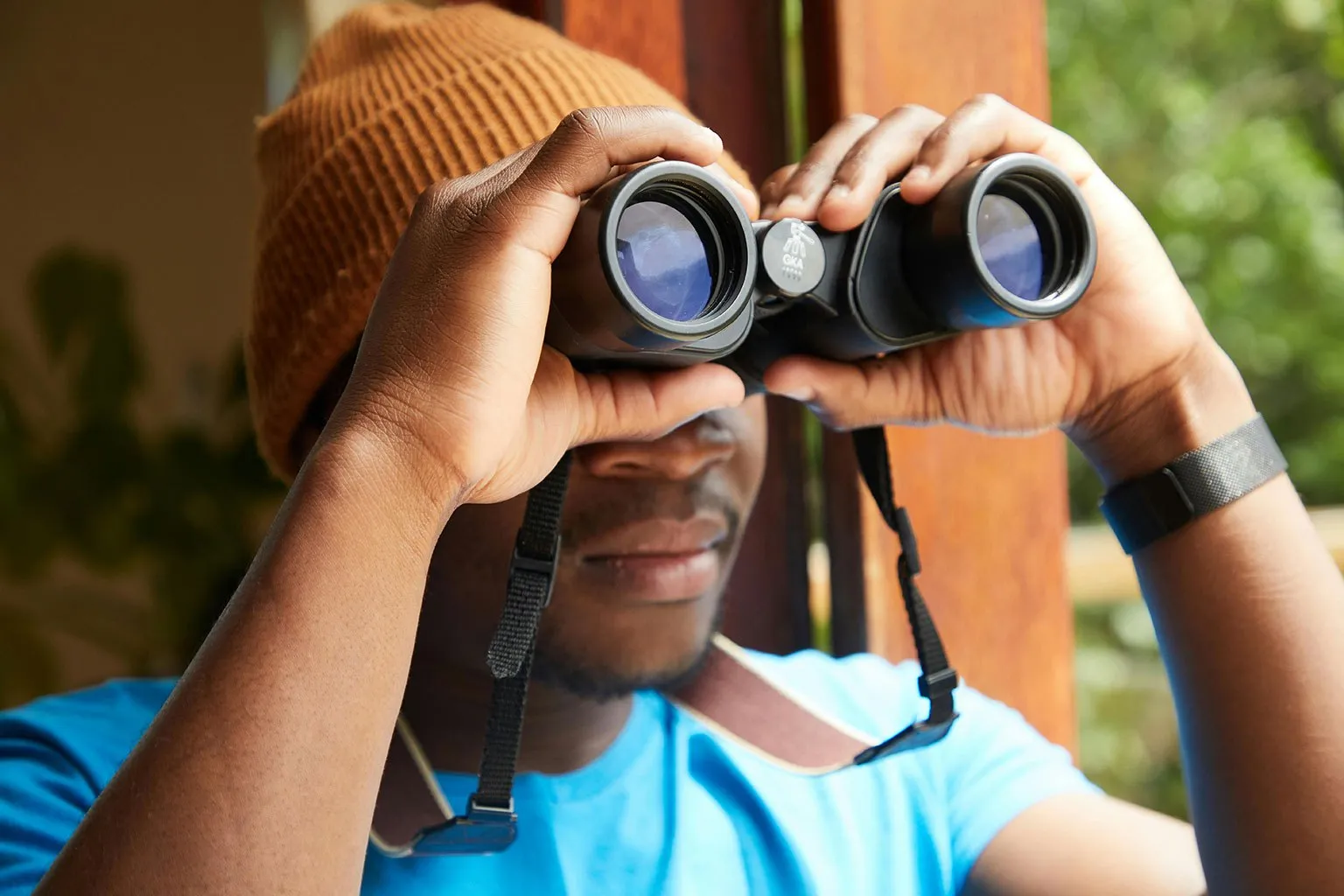
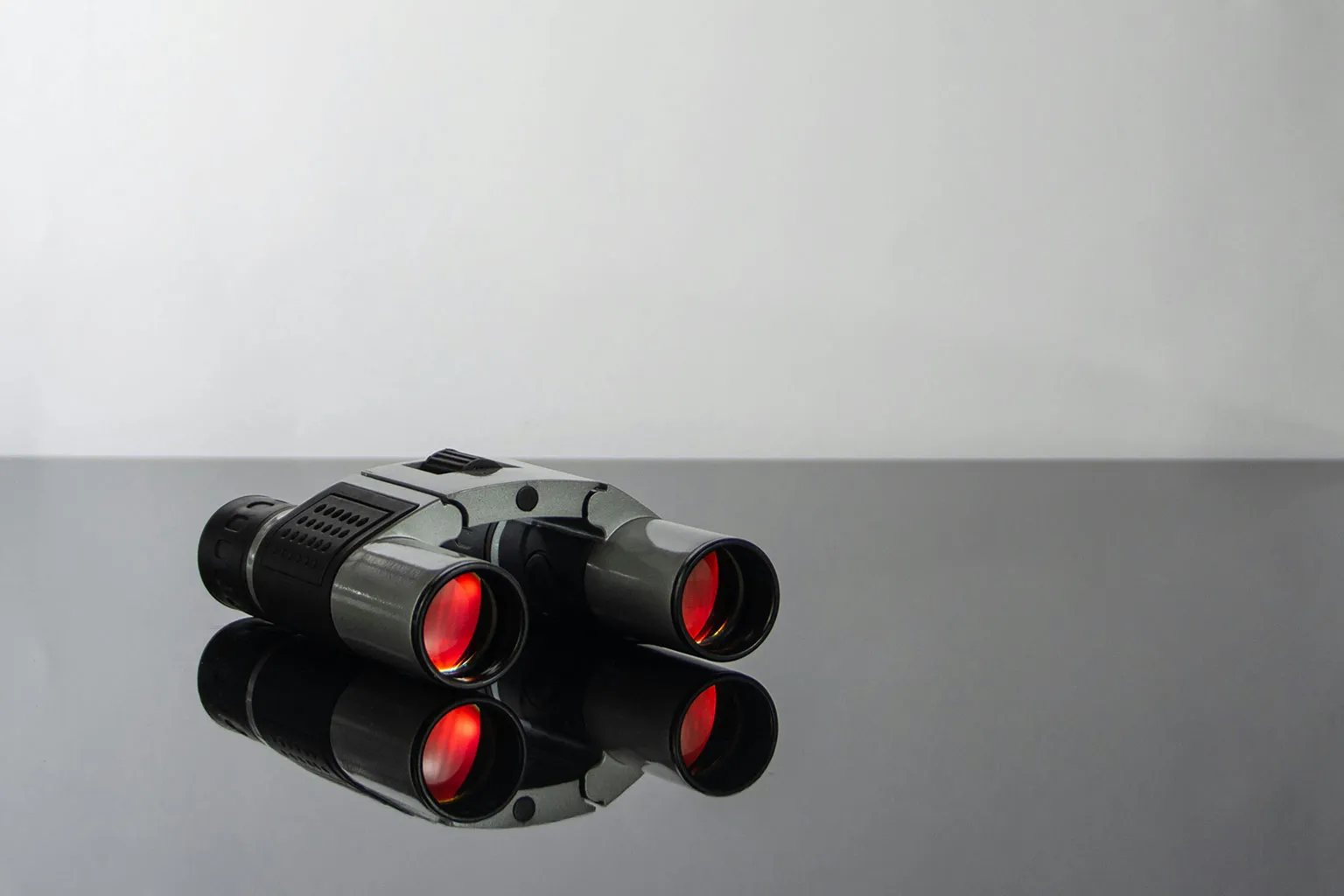
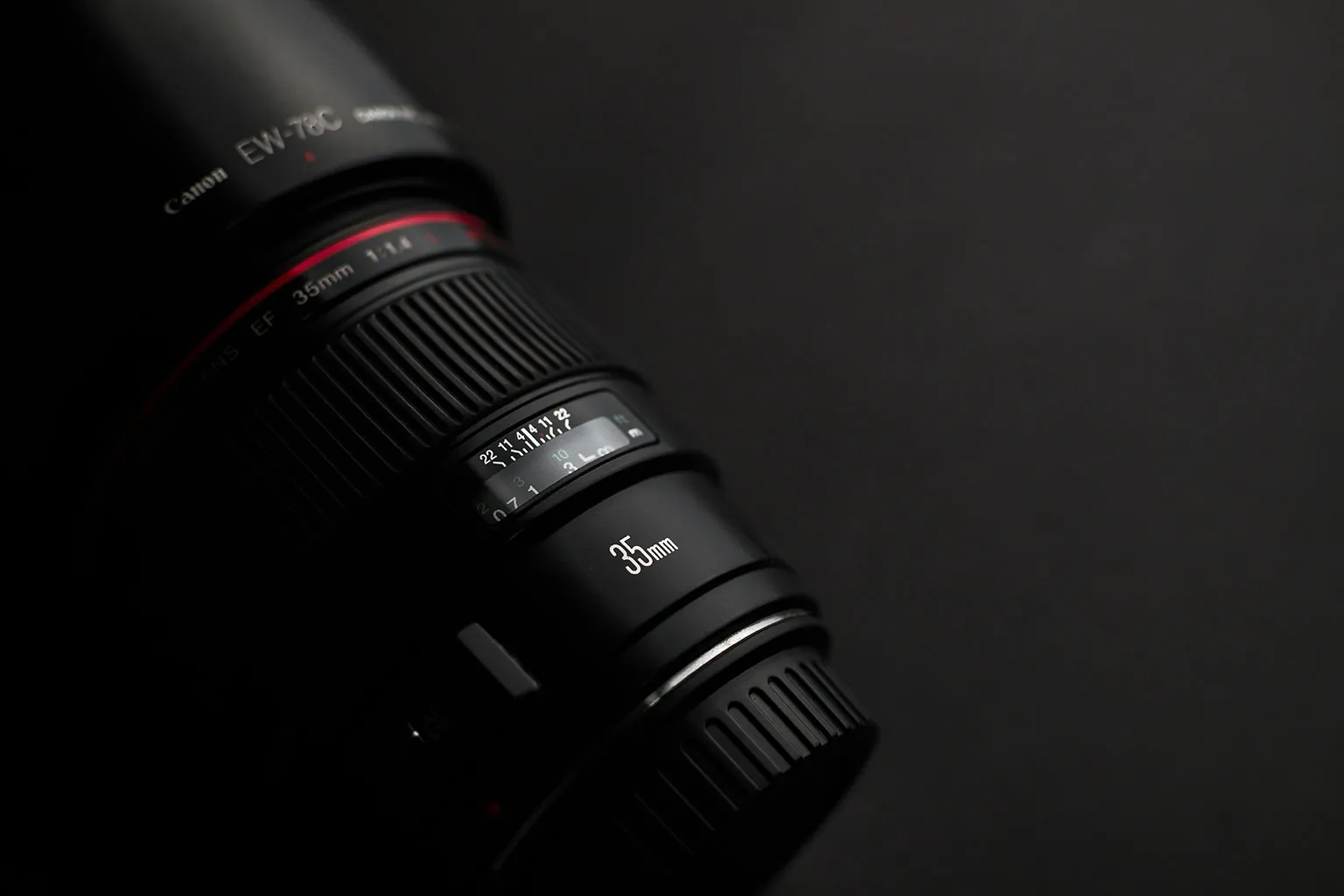
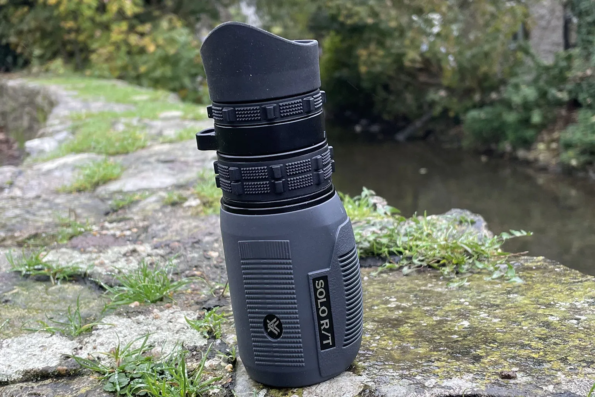
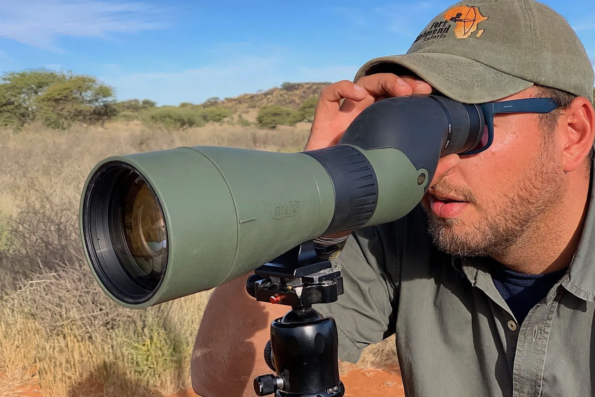
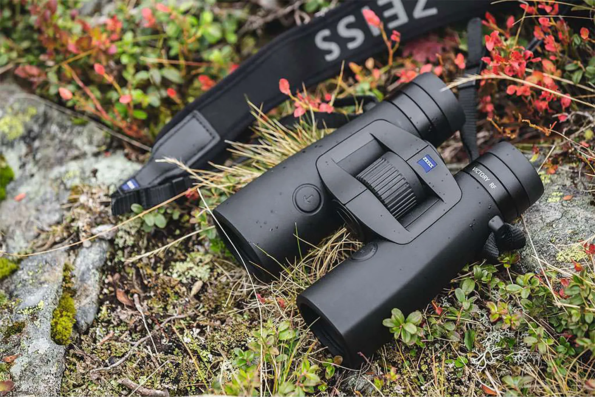
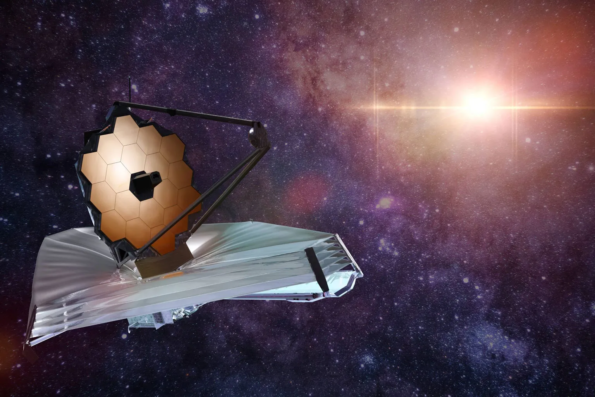
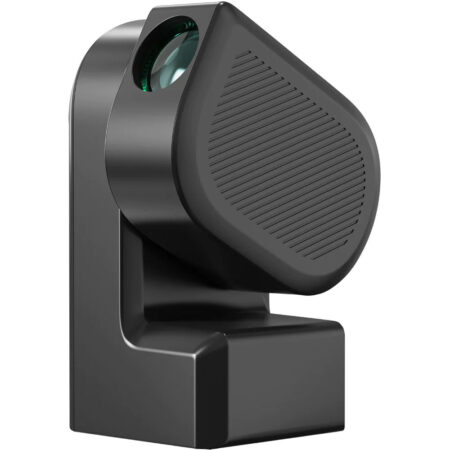
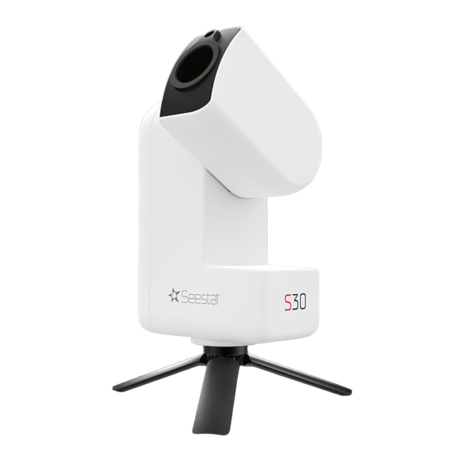
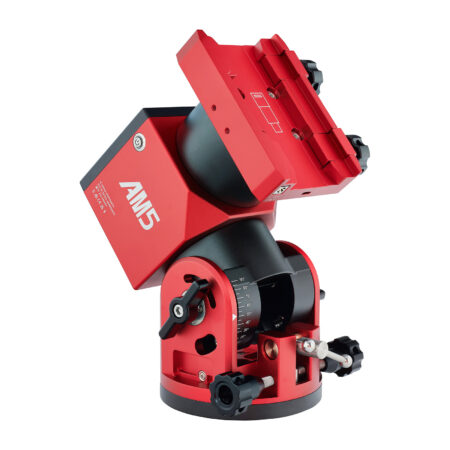
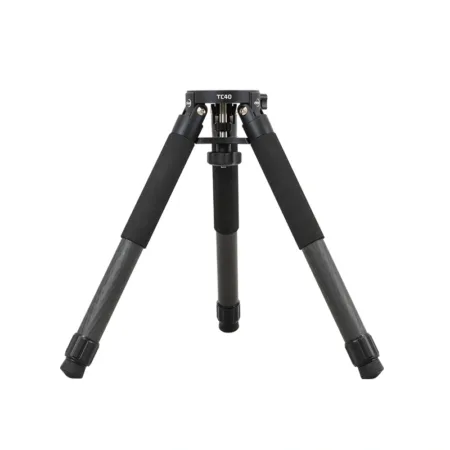
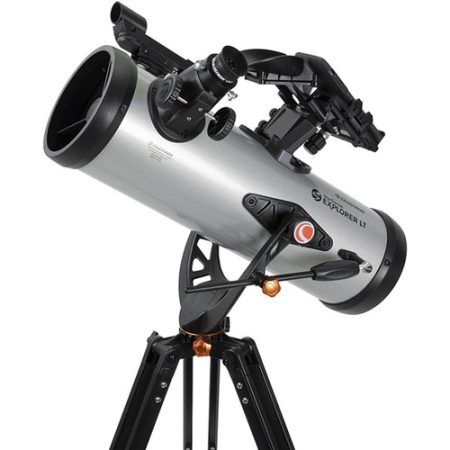
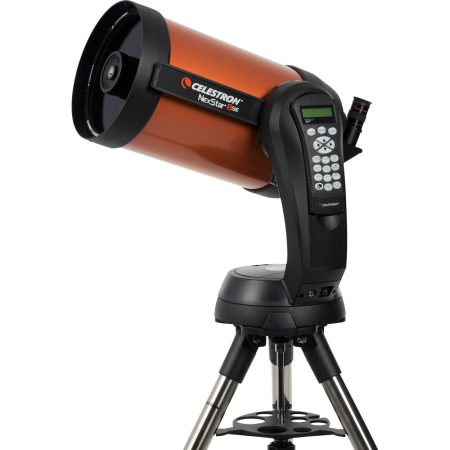
No Comments